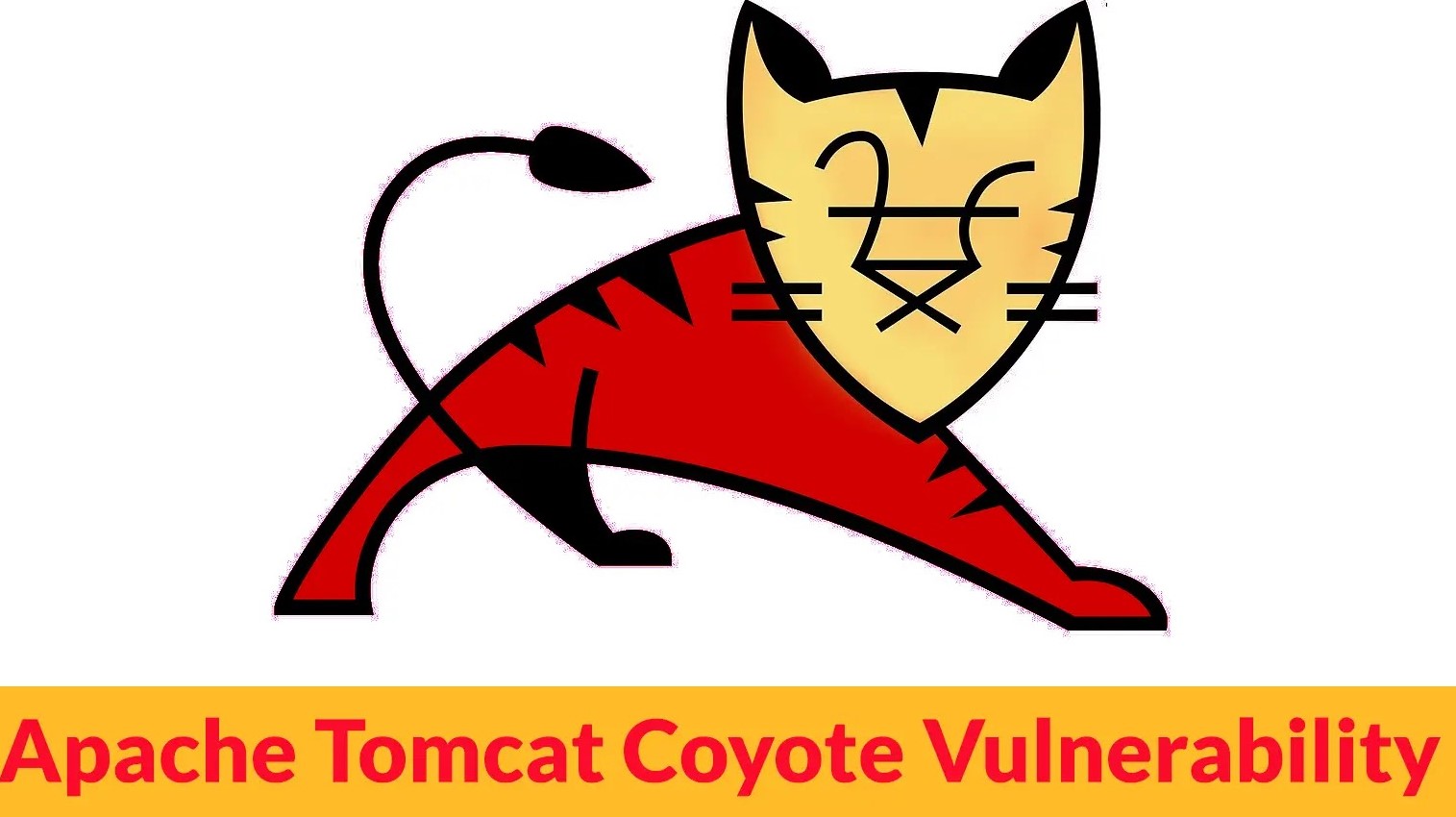
Apache Tomcat Coyote Vulnerability Let Attackers Trigger DoS Attack
Unpacking CVE-2025-53506: The Apache Tomcat Coyote Denial-of-Service Vulnerability
The digital landscape is a constant ebb and flow of innovation and vulnerability. For organizations heavily reliant on web applications, maintaining an uncompromised defensive posture is paramount. A critical new security alert demands immediate attention: a recently disclosed flaw in Apache Tomcat’s Coyote engine, tracked as CVE-2025-53506, can facilitate potent Denial-of-Service (DoS) attacks. This isn’t just another vulnerability; it represents a fundamental weakness in how Apache Tomcat handles HTTP/2 connections under specific conditions, posing a significant risk to application availability and performance.
The Achilles’ Heel: Understanding CVE-2025-53506
First publicly noted within the National Vulnerability Database, CVE-2025-53506 stems from a critical design oversight in Apache Tomcat’s Coyote engine when processing HTTP/2 traffic. Specifically, the vulnerability arises when an HTTP/2 client initiates a connection but fails to acknowledge the server’s initial SETTINGS frame. Under normal circumstances, a well-behaved client would send an acknowledgment, allowing the server to establish proper stream limits and flow control.
The flaw lies in Coyote’s inadequate enforcement of a hard cap on concurrent streams in this unacknowledged state. Without the proper acknowledgment, Coyote permits an attacker to open an excessive number of unmanaged streams. Each of these streams consumes server resources—memory, CPU cycles, and network buffers. By relentlessly flooding the server with these unacknowledged stream requests, an attacker can rapidly exhaust available resources, leading to a severe degradation of service or a complete outage. This resource exhaustion constitutes a classic Denial-of-Service attack, rendering the targeted web application unresponsive to legitimate users.
Impact Analysis: What This Means for Your Operations
The potential impact of CVE-2025-53506 is significant for any organization utilizing Apache Tomcat, particularly those serving high-traffic web applications with HTTP/2 enabled. A successful DoS attack can result in:
- Application Downtime: The primary consequence is the unavailability of critical web applications, leading to lost revenue, diminished productivity, and reputational damage.
- Resource Exhaustion: Servers will experience high CPU utilization, memory depletion, and network congestion, impacting other services running on the same infrastructure.
- Operational Disruptions: Security teams and IT operations will be forced to divert resources to incident response, potentially delaying other critical tasks.
- User Disruption: Legitimate users will be unable to access services, leading to frustration and erosion of trust.
Given the pervasive adoption of Apache Tomcat across various industries, the widespread nature of this vulnerability necessitates a swift and comprehensive response.
Remediation Actions: Securing Your Apache Tomcat Deployments
Addressing CVE-2025-53506 requires immediate action to mitigate the risk of Denial-of-Service attacks. As a cybersecurity analyst, I recommend the following steps:
- Patch Immediately: The most crucial step is to update your Apache Tomcat installations to the latest versions that include fixes for this vulnerability. Consult the official Apache Tomcat project releases for the patched versions. Prioritize servers exposed to the internet.
- Monitor HTTP/2 Traffic: Implement robust network and application monitoring to detect anomalous HTTP/2 traffic patterns, such as a sudden surge in unacknowledged streams or unusually high resource consumption linked to HTTP/2 connections.
- Review HTTP/2 Configuration: While patching is paramount, review your Apache Tomcat HTTP/2 configuration settings. Ensure that any default limits on connections and streams are appropriate for your environment and client behavior.
- Implement DDoS Mitigation: Leverage external or internal Distributed Denial-of-Service (DDoS) mitigation services. These services can filter malicious traffic before it reaches your Apache Tomcat servers.
- Web Application Firewall (WAF): Deploy or tune your Web Application Firewall (WAF) to identify and block suspicious HTTP/2 requests that align with DoS attack patterns. While not a direct patch, a WAF can provide an additional layer of defense.
- Regular Security Audits: Conduct regular security audits and penetration tests to identify and address potential weaknesses in your web application infrastructure before they can be exploited.
Detection & Mitigation Tools
Leveraging the right tools can significantly enhance your ability to detect and mitigate threats posed by vulnerabilities like CVE-2025-53506.
| Tool Name | Purpose | Link |
|---|---|---|
| Apache Tomcat Project Website | Official source for patches and security advisories. | https://tomcat.apache.org/ |
| Network Intrusion Detection Systems (NIDS) | Detect anomalous network traffic patterns, including high rates of suspicious HTTP/2 activity. | (e.g., Snort, Suricata – vendor specific) |
| Application Performance Monitoring (APM) tools | Monitor server resource utilization (CPU, memory, network I/O) to identify DoS symptoms. | (e.g., Datadog, Dynatrace, New Relic) |
| Web Application Firewalls (WAFs) | Filter and block malicious HTTP/2 requests; can be configured for anomaly detection. | (e.g., ModSecurity, Cloudflare, Akamai WAF) |
| Vulnerability Scanners | Identify out-of-date software versions and potential misconfigurations in Apache Tomcat. | (e.g., Nessus, Qualys, OpenVAS) |
Looking Ahead: Proactive Security Posture
The disclosure of CVE-2025-53506 underscores the persistent need for vigilance in cybersecurity. For Apache Tomcat users, this vulnerability highlights the critical importance of keeping software components updated and implementing robust monitoring and incident response capabilities. Proactive patching, coupled with a deep understanding of how core web servers handle modern protocols like HTTP/2, is essential to maintaining the availability and integrity of your web applications. Remember, a strong security posture is an ongoing commitment, not a one-time fix.





